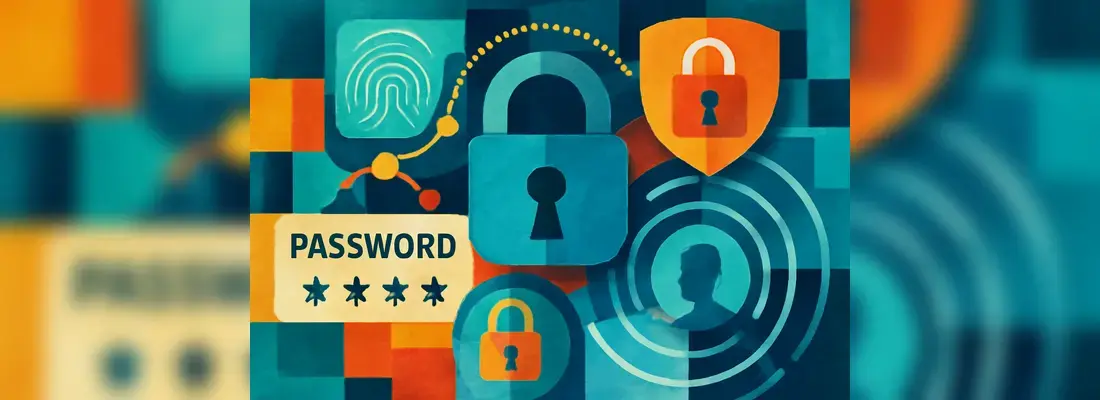Date: 14 July 2025
What Makes eSIMs Different from Physical SIM Cards
Switching from a physical SIM card to an eSIM service can make a difference when going to another country. eSIMs have many differences from physical SIM cards, with many of those differences being advantages.
- Convenience and flexibility: eSIM allows you to switch carriers remotely without shopping for a physical SIM card. You can also change your subscription plan, giving you the necessary convenience. Additionally, you can activate your plan from anywhere by scanning a QR code sent to your email. The activation period lasts 15 minutes or less. A single eSIM service can support multiple cellular profiles to shift to another carrier working in your area.
- Secure communication: The eUICC chip embedded in your smartphone hardware is secure since nobody can steal it. You also can't lose it like you would a physical SIM card. The chip allows your smartphone to support eSIM services, eliminating the possibility of losing your SIM card.
- Technical benefits: Many people are shifting to eSIM technology because they see it as a transformative technology of 2025. They love how eSIM saves space, allowing for a more compact smartphone that’s easier to carry.
At the same time, eSIM allows for dual-SIM technology, allowing you to have your favorite eSIM services on a single mobile device. As a result, you’ll switch between the eSIM services to connect to the local mobile network better.
How eSIMs offer Enhanced Security over Traditional SIM Cards
The provisioning of eSIM makes it essential for people travelling out of the country more often. An eSIM allows you to activate or deactivate your subscription as the need arises. You can also switch between eSIM profiles remotely.
Additionally, eSIMs provide several security benefits over traditional SIMs. For instance, if you travelling to Italy, you can check out Holafly's plans for Italy for an eSIM service providing excellent benefits, including the following:
- Improved encryption: Your smartphone usually exchanges data with a cellular network tower for mobile connectivity. eSIMs encrypt the connection to the cell tower using advanced techniques to protect your data and privacy.
- Remote control: Your eSIM service provider can update security protocols remotely to secure mobile connectivity. However, traditional SIMs don’t provide remote control of your mobile security. An eSIM can send security patches to protect your data.
- No SIM Swaps: Traditional SIMs have often inconvenienced people when fraudsters trick carriers into swapping your SIM card and stealing your data. Nobody can swap your eSIM subscription, making eSIM more secure than traditional SIMs.
Best Practices for Ensuring Safe eSIM Usage
eSIM offers superior connectivity to the local mobile network when compared with traditional SIMs. However, eSIMs are more susceptible to hackers. As a result, you want to use eSIM safely to avoid the risk of hackers breaching your privacy.
- Strong password: Secure your eSIM profile with a password comprising unique characters to prevent hackers from guessing your password. You can also use a biometric authentication method to bolster security.
- Regular Updates: Your smartphone OS should be up to date to make your smartphone secure. Keep updating your OS with security patches to protect your mobile device from potential threats from hackers.
- Monitor your accounts: At the same time, you can keep checking your eSIM mobile account for unusual activities. Report suspicious activities to your eSIM service provider to address the threat.
- Allows Remote Management: Your eSIM carrier can control your account remotely to protect your data and privacy. However, you’ll need to grant your eSIM service provider remote management for this to happen.
Secure Future of Mobile Connectivity
More smartphone manufacturers could follow in the footsteps of Apple and Samsung by making eSIM-enabled devices. As it contributes to the smartphone form factor, eSIM technology will become the global standard for mobile connectivity.
eSIM service providers will introduce futuristic features to enhance user experience. From key security advancements to future technological innovations, eSIMs will undergo improvements to make them 100 times better than traditional SIM cards.
Key Security Advancement
Advanced encryption protocols will safeguard your privacy as eSIMs incorporate them into their systems.
As a result, it will be more difficult for hackers to infiltrate your eSIM account. eSIM already has reduced chances of a SIM swap or cloning to make mobile connectivity secure.
Technological Innovations
eSIM services will introduce advanced biometric verification to ensure you access your account and not anyone else. Additionally, AI will detect fraudulent activities in your account and initiate measures to safeguard user privacy.
Final words
With an eSIM service subscription, you gain seamless access to global mobile networks without the limitations of physical SIM cards. However, as with any digital technology, the convenience of eSIMs comes with certain cybersecurity considerations. To safeguard your eSIM profile, begin by setting a robust password and enabling biometric authentication for account access. These are two essential steps in strengthening your overall security posture.
Regularly update your device’s operating system with the latest security patches to address newly discovered vulnerabilities. Reputable eSIM service providers implement robust security protocols, ensuring that you can switch between carrier networks quickly and securely, without the risk of losing critical personal data or service continuity.
Moreover, eSIM technology inherently reduces risks associated with traditional SIM cards, such as SIM swapping or cloning, thanks to the secure, embedded nature of the eUICC chip. By removing the physical component, eSIMs make it significantly harder for attackers to undertake common SIM-based fraud schemes.
Subscribing to a secure eSIM service not only enhances your connectivity options but also elevates the security of your mobile communications. This proactive approach assures you of safe, reliable access whether you’re at home or travelling internationally, ultimately contributing to a safer digital experience in an increasingly connected world.
.webp?width=650&name=esim_cropped%20(1).webp)







.webp)
.webp)
